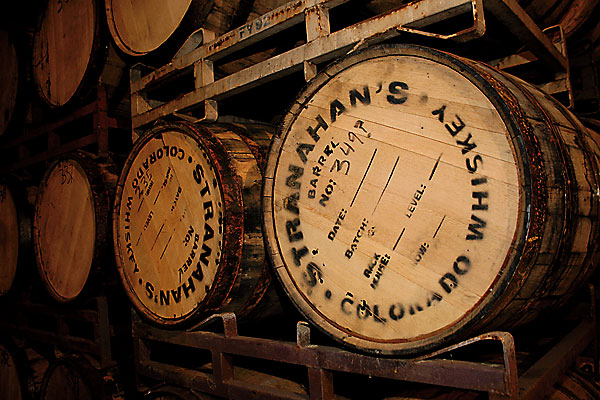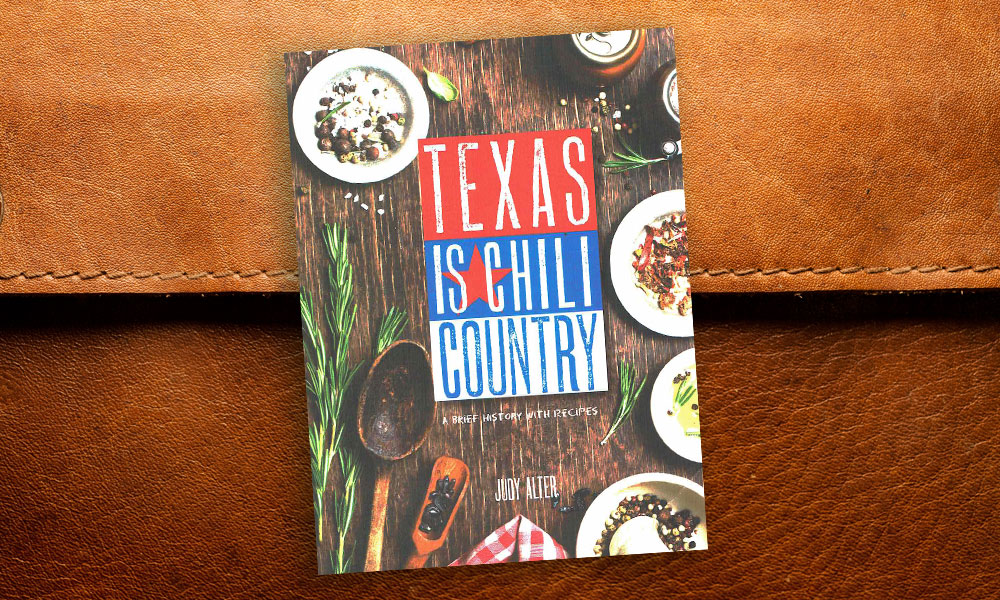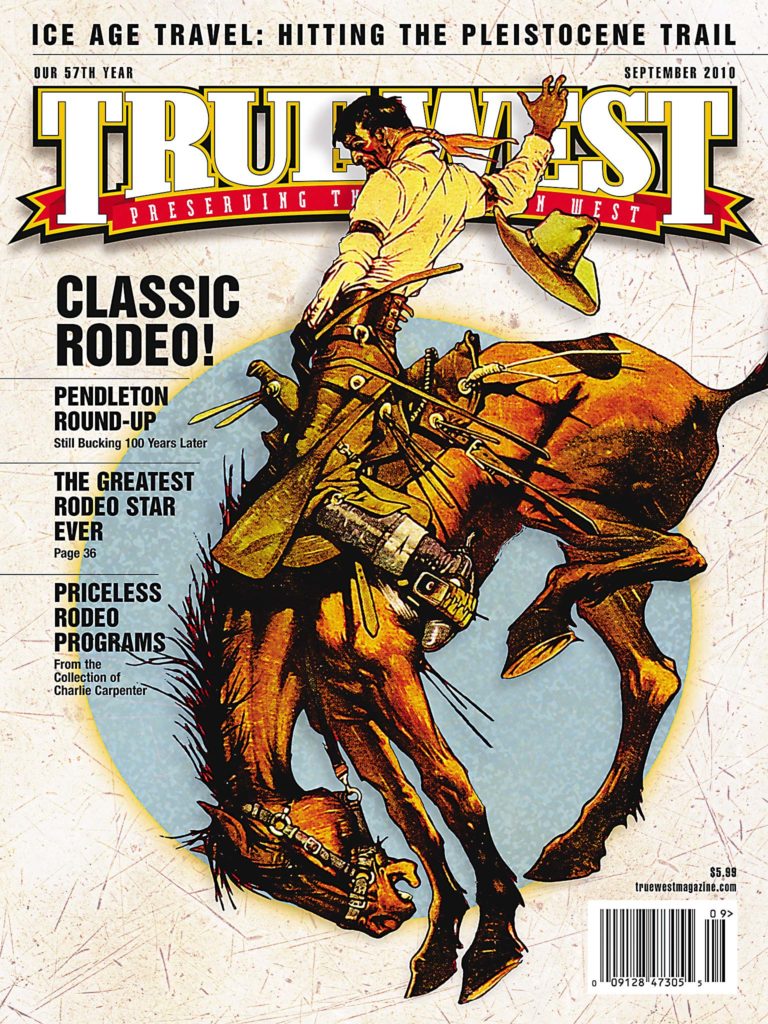
“Texas vodka? Man, that doesn’t even go together.”
That was the reaction Tito Beveridge—yes, that’s his name—got when he started trying to peddle his brew, Tito’s Handmade Vodka, created in small batches in pot stills in Austin, Texas’s first and oldest legal distillery.
You couldn’t blame those liquor-store owners. Texas means beer (Shiner Bock or Lone Star). Texas is for drinkers who want their liquor dark. Not only was this Texas-made vodka, it was made from corn. Not potato. But taste won them over, and Tito’s taste has been winning over vodka drinkers ever since.
Cool story, huh? Here’s another one.
Up around Denver, Colorado, a volunteer firefighter named Jess Graber helped put out a fire that had broken out in the barn of his neighbor, George Stranahan. Turns out, they loved a good whiskey—dark whiskey, not clear vodka. With help from master distiller Jake Norris, who was born in a hippie commune in northern Arizona, they have been turning out small batches of Stranahan’s Colorado Whiskey, made from 100-percent malted barley (some of that grown in the Rockies). This excellent whiskey is meant for sipping, with maybe a splash of water. “It’s Colorado’s first whiskey ever, since the beginning of time,” says Norris, but thinks to add, “Legally, at least.”
Drinking across the West has changed. Those micro-beer breweries (think Free State in Lawrence, Kansas; Barrio in Tucson, Arizona; or Kettle House in Missoula, Montana) and those fun vineyards (even the late Fess Parker, Davy Crockett himself, started his namesake and award-winning winery in Los Olivos, California) have inspired whiskey distillers. At least in Texas and Colorado.
Tito talks to me via telephone while walking his dogs.
He was looking for a new career, he says, and, since he’d made flavored vodkas for Christmas presents, he decided to become a distiller. Naturally, he had more experience than just putting habaneros or raspberries in store-bought vodkas.
“I used to brew beer in college,” he says. “Me and my roommates.”
That sparked a memory. I had friends who brewed beer in college, but that stuff was patently undrinkable. Of course, we drank it anyway.
Tito’s vodka is highly drinkable, distilled six times and made by the old-school method of pot stills. It isn’t flavored, but that corn goes down really smooth.
Why corn? “I thought, ‘I’ve got to make something I like to drink because I’ll be drinking it all the time.’” he says. “It just ended up that everybody seemed to like what I like.”
Everybody also seems to like Stranahan’s Colorado Whiskey. Jake Norris and I are sitting in the distillery in downtown Denver, sipping Stranahan’s. My kind of interview.
We’ve worked up a thirst after touring the distillery. The barley goes through a roller mill and then is mashed and boiled before being filtered and moved into a fermentizer. From there, it’s washed again and put in holding tanks, and transferred into Jake’s pride and joy: a custom-made Vendome Copper Co. combo pot and column still, blending the best methods of Scotch- and Bourbon-making. From there, the whiskey goes into charred, American white oak barrels, where it’s aged for at least two years. Then hand-bottled.
“This whiskey’s made by people,” Jake says. “Not by a mega-factory.”
Plus, Stranahan’s has a kick.
“I don’t want anything subtle about my whiskey,” he says. “I want it to punch you in the face.”
Don’t even suggest you use it as a mixer. That’s why his bottles come with “sipper caps.”
“If you spend 60 bucks on it,” he says, “I’ll be damned if you’re gonna mix Coke with it.”
I get the feeling that Tito Beveridge and Jake Norris love their jobs. And they should. They’ve helped change the way the West drinks.
“Don’t tell Jesse [Graber],” Jake says, “but this is something I’d do for free.”





